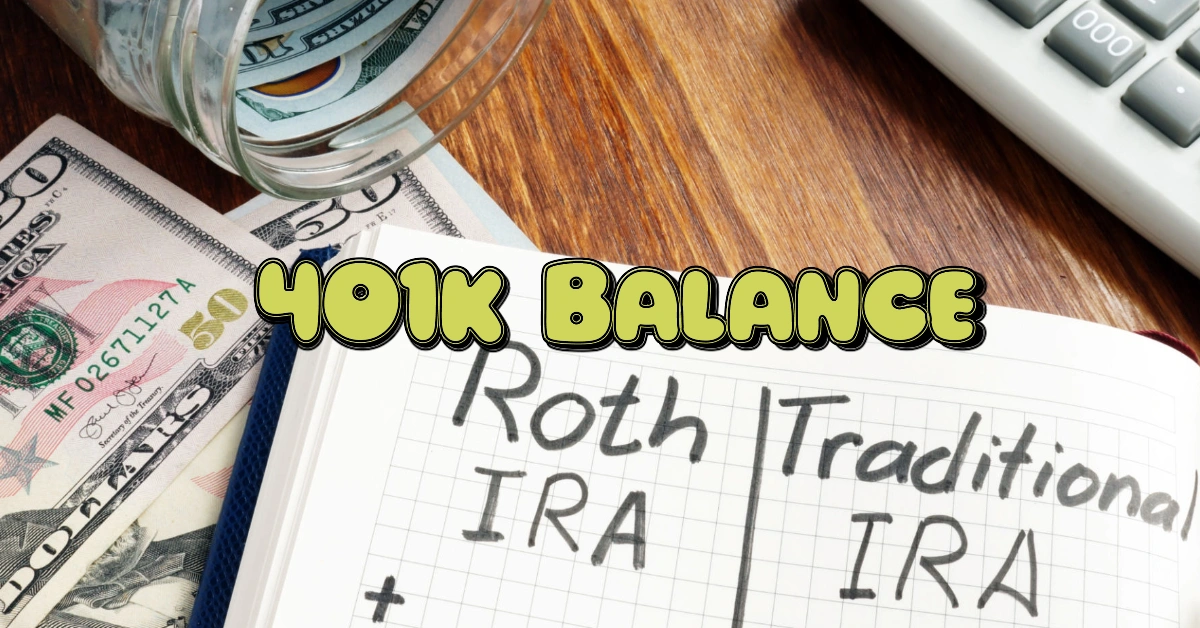Do you ever wonder how your retirement savings stack up against your peers? Comparing your 401(k) balance to others in your age group could motivate you to adjust your savings strategy. As traditional pensions fade and inflation impacts budgets, understanding how Americans are saving for retirement has never been more crucial. Let’s break down the latest data on average 401(k) balances by age and explore how you can use it to fine-tune your financial plan.
Table of Contents
The Reality of Retirement Savings
A recent Fidelity Investments report highlights the average 401(k) balances across generations as of September 30, 2024. While the numbers may provide a snapshot of savings trends, they don’t paint the full picture of retirement readiness. Factors such as salary, investment returns, and years until retirement vary widely among individuals.
Here’s how the average balances stack up:
| Generation | Age Range | Q3 2024 Avg. Balance |
|---|---|---|
| Gen Z | 12-27 | $13,000 |
| Millennials | 28-43 | $66,500 |
| Gen X | 44-59 | $191,900 |
| Boomers | 60-78 | $250,900 |
A Closer Look at Age-Specific Balances
For a more detailed breakdown, here’s the average 401(k) balance by decade alongside Fidelity’s recommended savings milestones:
| Age | Avg. Balance (Q3) | Recommended Savings |
|---|---|---|
| 20s | $18,700 | 1x Salary |
| 30s | $60,000 | 1x Salary |
| 40s | $130,900 | 3x Salary |
| 50s | $223,100 | 6x Salary |
| 60s | $249,600 | 8x Salary (10x by 67) |
If your balance falls below these averages, don’t panic. Instead, let it serve as a wake-up call to make necessary adjustments.
Why “Average” Isn’t Always Meaningful
While comparing your savings to these averages can be insightful, they don’t account for individual circumstances. Super savers and those just starting their careers can skew the data. Additionally, “average” doesn’t reflect your specific retirement needs.
“Personal finances are exactly that—personal,” says Kelly LaVigne, VP at Allianz Life Insurance. Instead of focusing solely on averages, assess your unique situation and goals.
Key Steps to Catch Up on Savings
If your 401(k) balance isn’t where you’d like it to be, consider these strategies:
- Increase Contributions: Aim to save 15% of your salary, including your employer’s match. Start by boosting contributions incrementally—1% annually—until you hit your goal.
- Maximize Employer Matches: If your employer offers a match, ensure you’re contributing enough to receive the full benefit. It’s free money for your retirement!
- Take Advantage of Catch-Up Contributions: For 2024, workers under 50 can contribute up to $23,000. Those 50 and older can add another $7,500, bringing the total to $30,500. In 2025, savers aged 60-63 can contribute an additional $11,250 under new IRS provisions.
- Invest Strategically: Allocate a portion of your portfolio to growth assets like stocks. A target-date fund can help you maintain an appropriate mix of investments as you approach retirement.
The Power of Long-Term Saving
Data from Fidelity shows that consistency pays off. Savers who have stayed invested in the same 401(k) for 15 years have an average balance of $558,300, while those investing for 10 years average $428,800. Compounding and disciplined saving can significantly boost your nest egg over time.
Retirement in 2025: Your Ultimate Guide to a Seamless Transition
IRS Announces New Tax Brackets and Deductions for 2025: Changes That Could Save You Money
Social Security and SSI Benefits to Increase by 2.5% in 2025: Here’s What You Need to Know
Social Security Payment Schedule 2025: Key Changes and What They Mean for You
How COLA Affects Your Social Security Retirement Benefits 2025: A Detailed Breakdown
Set Realistic Goals
Avoid setting overly ambitious targets that could discourage you. Focus on attainable milestones, such as saving 1x your salary by 30, 3x by 40, and so on. Regularly review your progress and adjust as needed.
Conclusion
While the average 401(k) balance by age offers valuable insight, your financial journey is uniquely yours. Use these benchmarks as a guide, not a definitive measure of success. By taking actionable steps to increase contributions, leverage employer benefits, and invest wisely, you can build a secure future—no matter where you start.
Remember: The best time to take charge of your retirement savings is now. Start today, stay consistent, and watch your efforts grow into the retirement you deserve.










